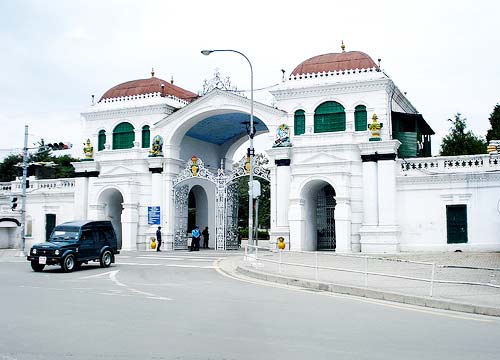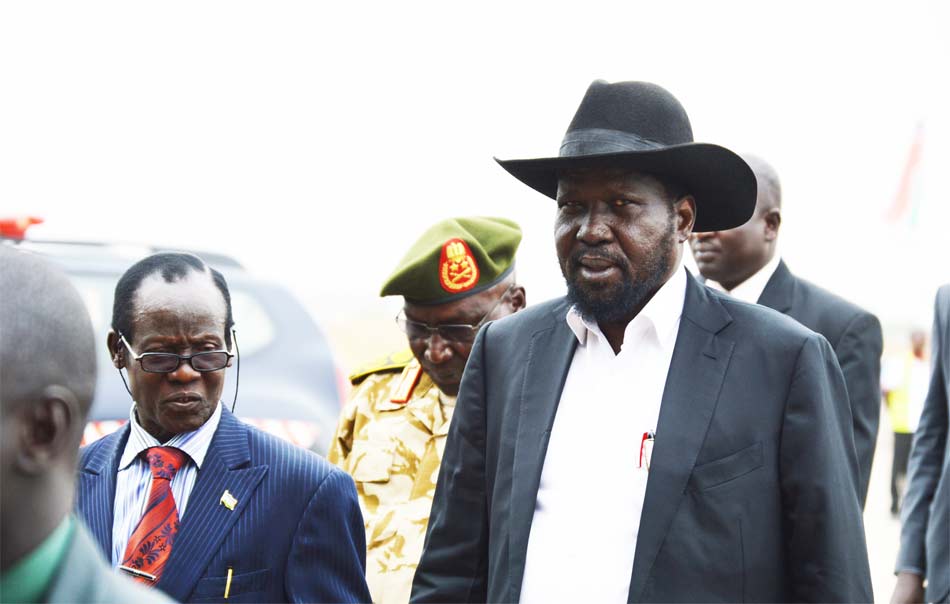By Rajendra Senchurey
Nepal has fallen in the mire of perpetual turbulence nearly for two decades. The restoration of parliamentary democracy in 1990 was expected to catapult a paradigm shift of the socio-economic condition of the then kingdom. But the failure to tap the potential development begot a leftist outfit just in a few years. As a consequence, the country experienced a decade long (1996 – 2006) bloody civil war which not only took the lives of around 15000 people but also ravaged the development infrastructure vehemently.
Peoples’ Movement in April 2006 converted the Hindu kingdom into a secular federal republic state and the Comprehensive Peace Accord (CPA) was signed between former belligerents by 21 November of the same year. Then the neo-republic state formed a Constituent Assembly (CA) in 2008 to carve a new constitution for the country. As the 601 lawmakers could not accomplish their task even after extending the deadline for 4 times, the CA got dissolved and amidst the pros and cons, the country again selected another assembly in November 2013. The newly elected CA members promised that they would finalize the remaining tasks within a year. The yearlong, self-imposed, time limit has passed already in January this year; and there is a fear amongst Nepalese that the country might fall into another vicious cycle of political chaos and underdevelopment.
Quite surprisingly, in terms of economic progress, Nepal exhibits the characters of a Sub-Saharan economy.
Nepal’s counterparts in Asia have progressed dramatically in these decades. But since the advent of multiparty democracy, Nepal has not achieved anything significant. The historical archives show that the country before and in the early 90s was more prosperous than it is today.
For instance, Alan Macfarlane’s chapter ‘Fatalism and Development in Nepal’ in Michael Hutt edited “Nepal in the Nineties” (published in 1994) reads – In contrast to India there appears to be little absolute poverty, with no begging and no real shantytowns. Famines are infrequent. There is a notable absence of violence; the police are few, crime rates are low, and political violence has been limited.
Despite people’s positive expectations, the post-1990 era shows quite the reverse. Governments formed after the democratic movement in 1990 often lacked transparency and a sense of fairness and justice. They couldn’t guarantee human rights and the rule of law. Nepal now is in a morass of rampant corruption, widespread health and nutrition problems, and eroding infrastructures. Unfortunately, it also has a quarter of its population under the poverty line.
Quite surprisingly, in terms of economic progress, Nepal exhibits the characters of a Sub-Saharan economy. Never been colonized, Nepal doesn’t have excuses to attribute the causes of its underdevelopment to colonization or imperialism. Then what is the cause of Nepal’s stagnation?
The only rational reason for the predicament of Nepal is its political instability. Because the continuous political instability has fuelled poor governance, corruption, conflicts, environmental degradation, and so forth. Manifestations of strikes, demonstrations, and violence have been the immediate reflection of the political instability whilst the decade long insurgency has remained as the extreme case of it.
The worsening security situation as a result of political instability has hindered overall development in Nepal.
The worsening security situation as a result of political instability has hindered overall development in Nepal. It has also caused trade volatility and some donor agencies have reduced their assistance due to corruption and misuse of funds. As a consequence, the country has not been able to magnet foreign investments either.
It’s been a practice for a long time that in order to defeat ‘opponents’, social and development policies are switched when regimes change in Nepal. The research of Ari Aisen and Francisco Jose Veiga for IMF conducted by taking 169 countries (between 1960 and 2004) found that, in Nepal, the annual real GDP per capita growth rate is decreased by 2.39 percentage with each cabinet changes. In fact, Nepal has experienced almost 23 government changes in the last 24 years.
Nepalese political leaders, as far as their position in power is prioritized, do not seem to be much interested in the country’s development. Sandwiched between the biggest democracy (India) and the biggest Communist country (China), Nepal should have been benefitting from its strategic location, but since political leaders turn to their neighbors only for power alteration or accumulation; much can’t be expected in terms of development dividends.
On the other hand, Nepal is not being able to utilize its resources in its full capacity. Despite having the potentiality of 83500 MW of electricity, Nepal has merely been able to generate nearly 800 MW. This doesn’t fulfill the annual peak demand of 1201 MW energy and as a result, the country known as the second richest in water resources has up to 16 hours of load shedding in the dry season.
Nepal also lacks concrete plans and policies to employ its youths. The flow of labor migrants to the Golf that started during the civil war years has now become an inescapable reality. This massive labor migration of nearly 1600 youths in a day, though, bags the remittance that accounts for 28.8% of the Nepalese GDP. But hardships associated with remittances are equally scary. Every month hundreds of dead bodies of Nepali migrants return to the country’s Tribhuvan International Airport.
These are only a few instances of underdevelopment as a result of political instability. In fact, there is no room for complacency in any sector in Nepal.
The Way Forward
If Nepal is to progress, restoring political stability and peace is the most urgent task. Only after that, its endeavors for economic development can progress. Security and good governance are equally important to attract foreign investments and investments from non-resident Nepalis.
Besides empowering economic activities in small and medium scale, it should also make plans and policies to boost up its macroeconomic sector. Economists believe that minimizing trade deficits is another crucial factor, which can be achieved by promoting tourism and agro-industry.












